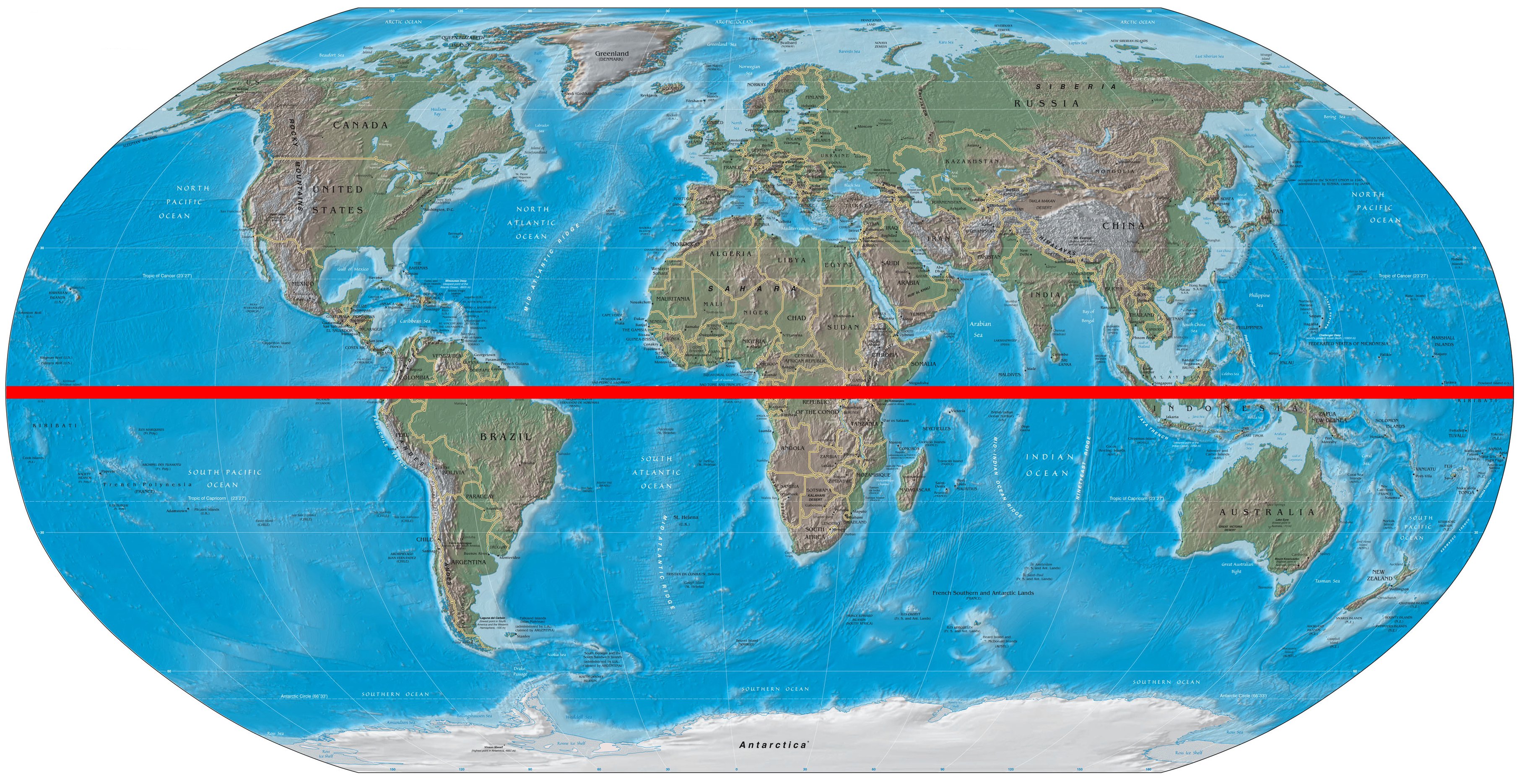EARTH’S INTERIOR:
There are three main part of the earth. Lithosphere is the land where we live. Hydrosphere is water and atmosphere is the air. Earth is made up of four main layers. The layer on top called crust, it is made up of two plates called oceanic plate and continental plate. We live on continental plate. Then comes mantle, which is made up of melted rock. After mantle comes outer core which is also solid. Then comes inner core, which is liquid.
FAULTS:
There are three kinds of faults. Normal fault is when one rock moves down. Reverse/ Thrust fault is when one rock moves upward. Strike- Slip fault is when two rocks slide. Faults can cause earthquakes.
VOLCANOES:
Volcanoes are caused by subduction zone. Magma is the melted rock inside the volcano and lava is the melted rock outside the volcano. There are three types of volcanoes. Shield volcano is a gentle volcano formed by eruptions of lava. It mostly forms under ocean. Cinder cone is the simplest volcano it forms when ashes and cinders are blown out. Composite volcano is the most dangerous one. When the pressure gets strong enough it cause an explosive eruption. Hot spot is the REALLY hot place where a volcano happens. It is the still active volcano.
EARTHQUAKES:
The shaking of the earth called earthquake. Earthquakes are caused by faults. Focus is the location where first motion of earthquake happens. Epicenter is a point directly up the focus. Seismograph is an instrument that measures the details of an earthquake. Magnitude is a number that tells the size of an earthquake. There are three kinds of seismic waves. P-waves move back and forth. S-waves move up and down, L-waves moves back and forth and up and down. If Earthquakes happens under ocean, it can cause tsunami, which is a huge wave.
CONTINENTAL DRIFT:
Alfred Wegener thought of the theory of plate tectonics, he claimed that 300 million years ago it was a super-continent called Pangaea but later it started to breakup. The evidence to prove this theory is the shape of continents, fossils, rock records and mountain ranges. These evidences help us to solve the puzzle of the shape of continents.
CRITICAL THINKING QUESTIONS:
Do you agree with the theory of plate tectonics? Why or why not?
I agree with the theory of plate tectonics. We have so many evidences to prove that our earth’s plates are moving which are also causing natural disasters. Scientists have been using these evidences since so many years. The evidences that we could use to prove that earth’s plates are moving are convection currents, continental drift and plate boundaries.
Convection currents plays an important role in the movement of the earth's plates. It causes the plate to move slowly each year. Earth's plates move 3 inches every year. Continental drift is also an evidence, it is a hypothesis that claims that 300 million years ago all the continents were in shape of Pangaea which broke up 250 million years ago. The evidences are rock record, mountain ranges, fossil and puzzle. Plate boundaries are also one of the evidence to prove that earth's plates are moving. Divergent, Convergent and transform boundary cause earthquakes, volcanoes, tsunami, mid-ocean ridges, trenches, rift valleys, mid-ocean ridges and mountains. This show us that earth's plates are moving slowly each year.
REFELECTION:
1. What did you enjoy most about this project and why?
I enjoyed learning about different layers of earth and how different boundaries can cause natural disasters. Now whenever I hear about volcano and Himalayan Mountains and Hawaii, different boundaries comes to my mind and I start thinking which boundary had caused this.
2. What was most challenging for you during this project and why?
The most challenging part was to memorize all the vocabulary words and the definition. But the “do now” really helped me to keep everything in my mind that I learned in the beginning of the project. The mantle layer was the most difficult layer and I had to finish two activities.
3. What new skills did you learn from doing this project?
I learned about time management that how can I use my time carefully. I also learned that I am fast in finishing my work because some students had only one activity in some layers and I had two or three activates to finish. We had the same time to finish our activities.
4. Is there anything that you could have done to improve any of your work? Explain.
Yes! I think it would be much better if I had write three drafts of essay on theory of plate tectonics in mantle layer. That way I could improve my essay and use academic language as well.










